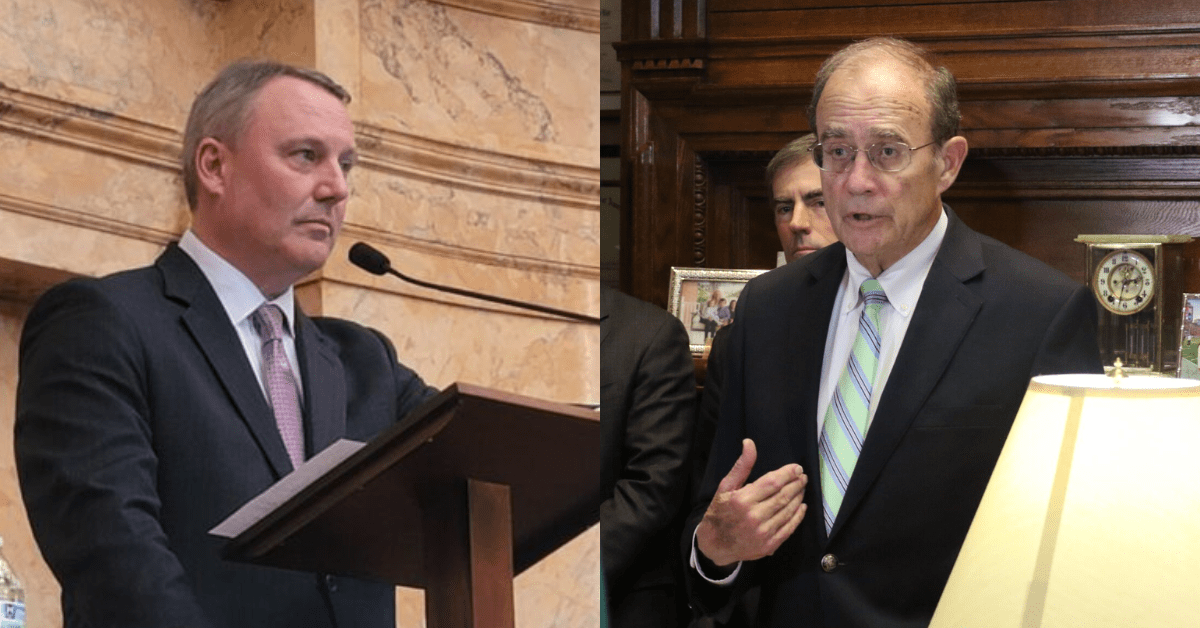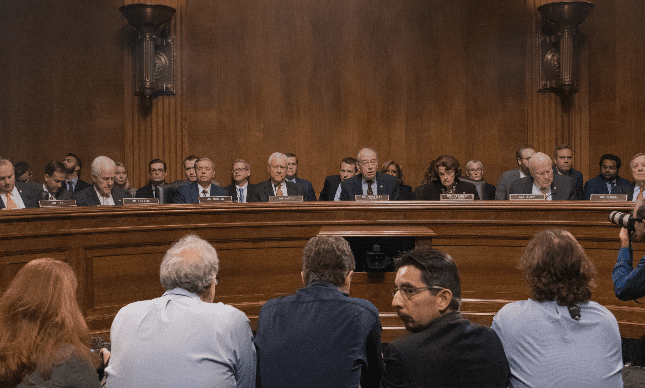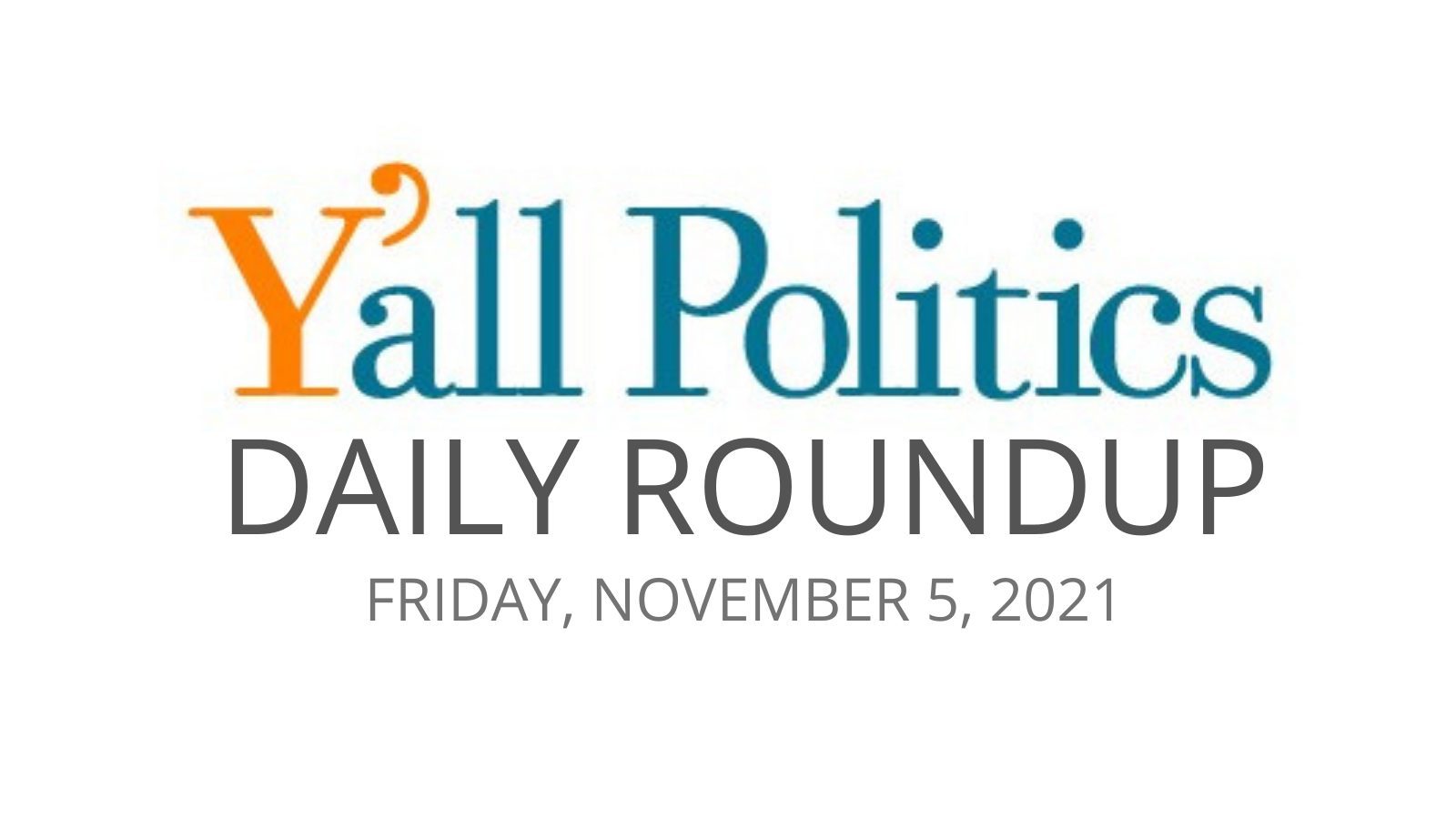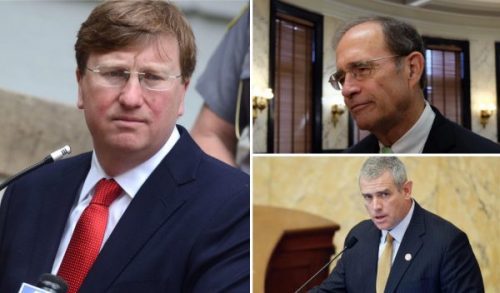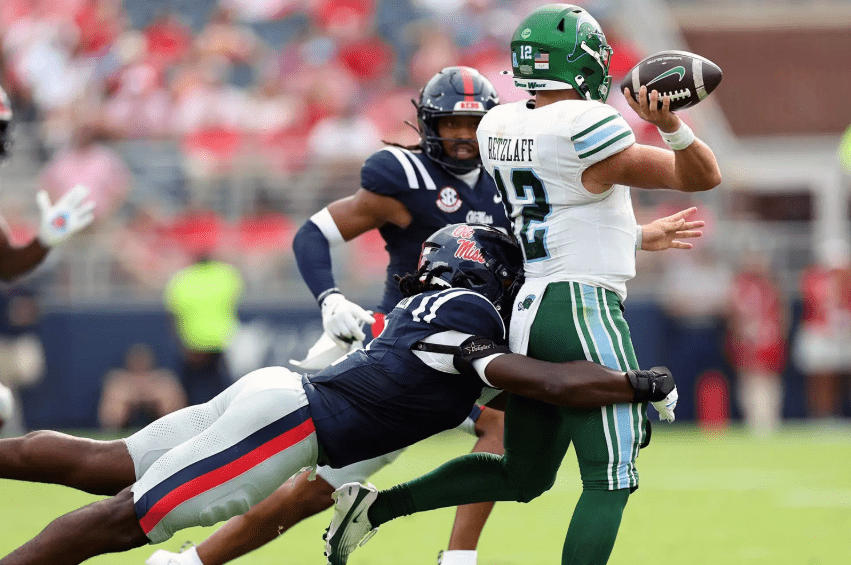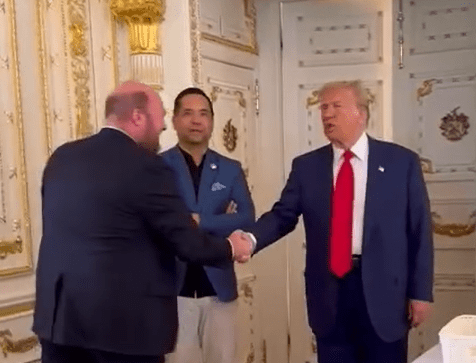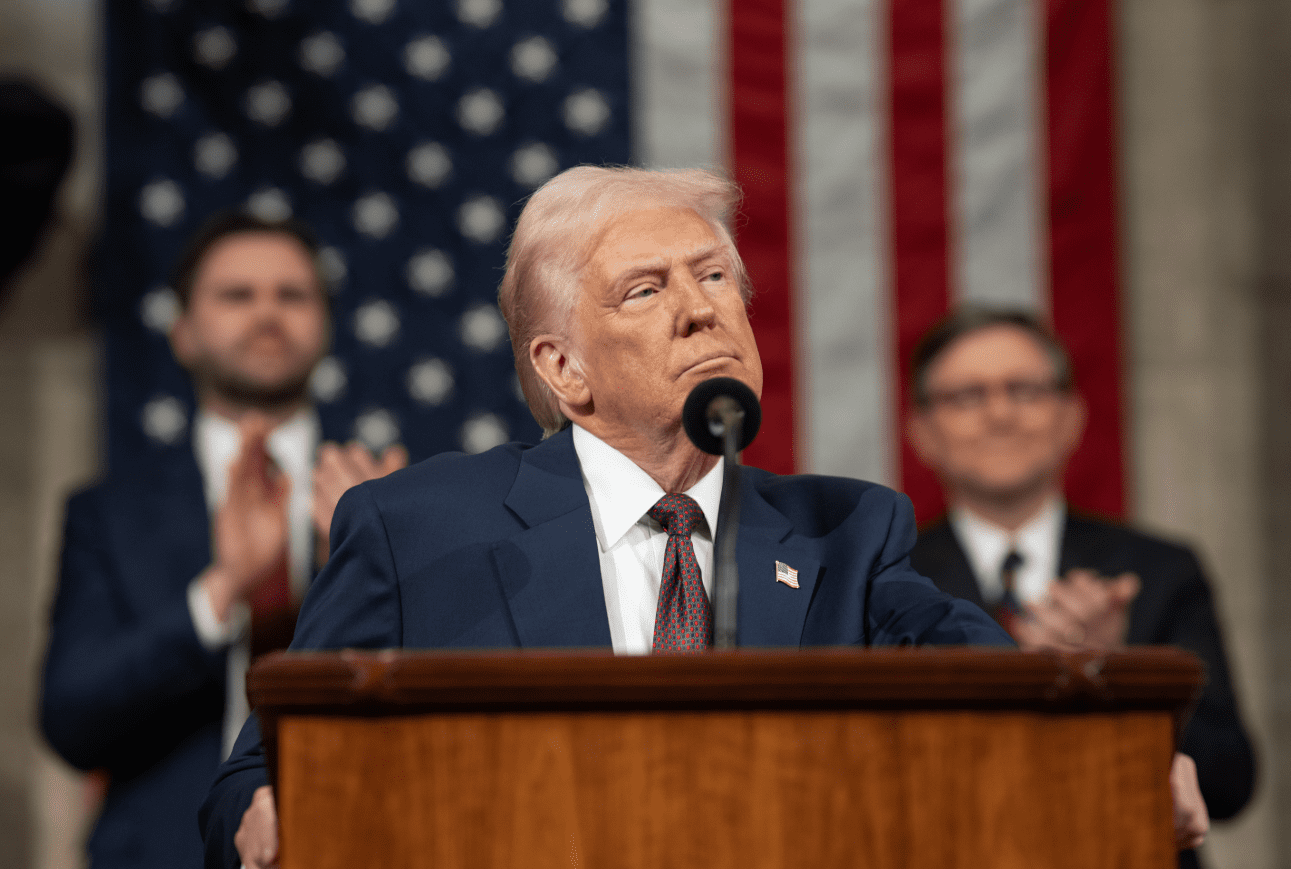
OSHA requirements impacting businesses with over 100 employees, federal contractors, and other government agencies, including local and state governments.
On Thursday, the U.S. Department of Labor’s Occupational Safety and Health Administration (OSHA) announced a new emergency temporary standard they say is to protect more than 84 million workers from the spread of the coronavirus on the job. The Biden Administration believes that unvaccinated workers face grave danger from workplace exposure to COVID and must be protected.
The President’s initial federal vaccine mandate had a deadline of December 8th for compliance by private businesses with 100 or more employees, federal workers, specific health care workers, and federal contractors.
Now, the deadline for compliance will be January 4th.
Under the newly released OSHA standard, covered employers must develop, implement and enforce a mandatory COVID-19 vaccination policy, unless they adopt a policy requiring employees to choose to either be vaccinated or undergo regular COVID-19 testing and wear a face covering at work.
The initial guidance did not provide a regular testing option.
The Biden Administration vaccine mandate requires employers to do the following:
- Determine the vaccination status of each employee, obtain acceptable proof of vaccination status from vaccinated employees and maintain records and a roster of each employee’s vaccination status.
- Require employees to provide prompt notice when they test positive for COVID-19 or receive a COVID-19 diagnosis. Employers must then remove the employee from the workplace, regardless of vaccination status; employers must not allow them to return to work until they meet required criteria.
- Ensure each worker who is not fully vaccinated is tested for COVID-19 at least weekly (if the worker is in the workplace at least once a week) or within 7 days before returning to work (if the worker is away from the workplace for a week or longer).
- Ensure that, in most circumstances, each employee who has not been fully vaccinated wears a face covering when indoors or when occupying a vehicle with another person for work purposes.
The emergency temporary standard does not require employers to pay for testing. Employers may be required to pay for testing to comply with other laws, regulations, collective bargaining agreements, or other collectively negotiated agreements. Employers are also not required to pay for face coverings.
OSHA says this standard will cover two-thirds of the nation’s private-sector workforce. In the 26 states and two territories with OSHA State Plans, the ETS will also cover public sector workers employed by state and local governments, including educators and school staff.
Employers must comply with most requirements within 30 days of publication and with testing requirements within 60 days of publication.

